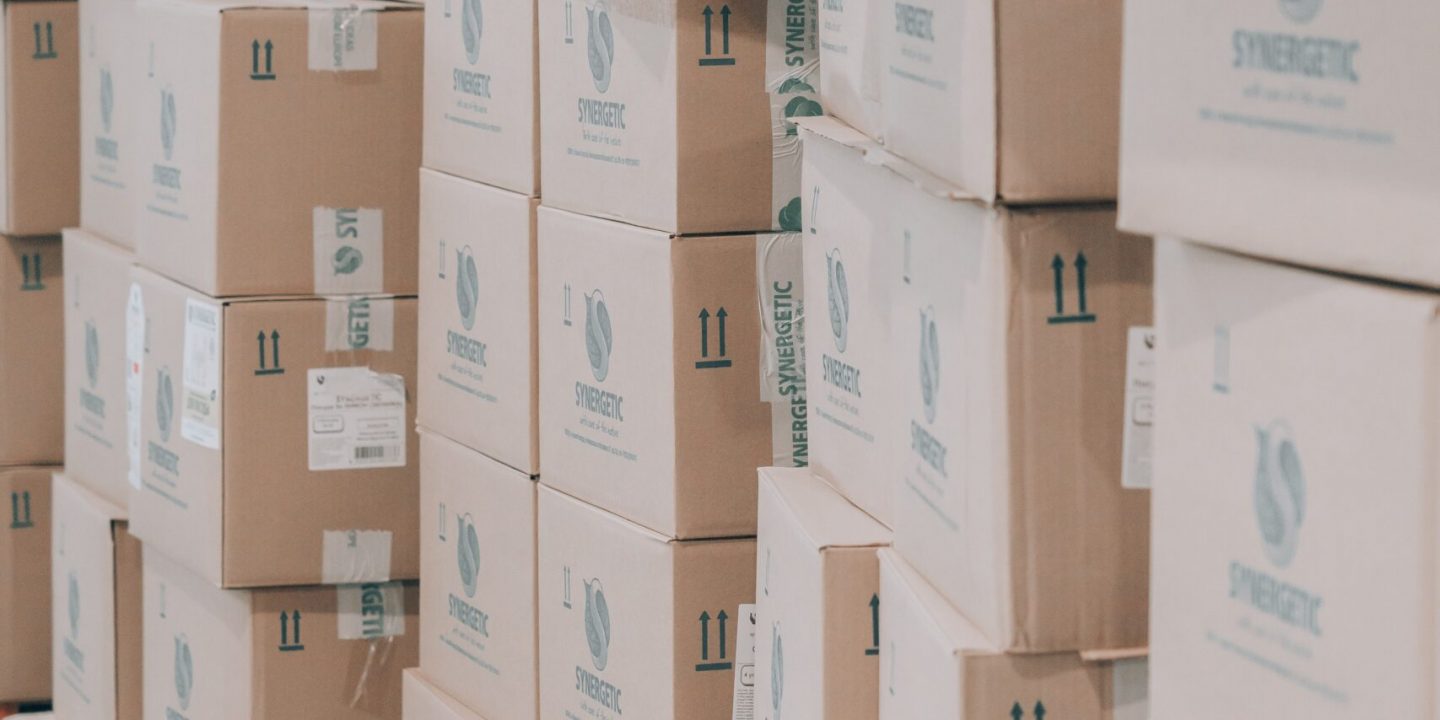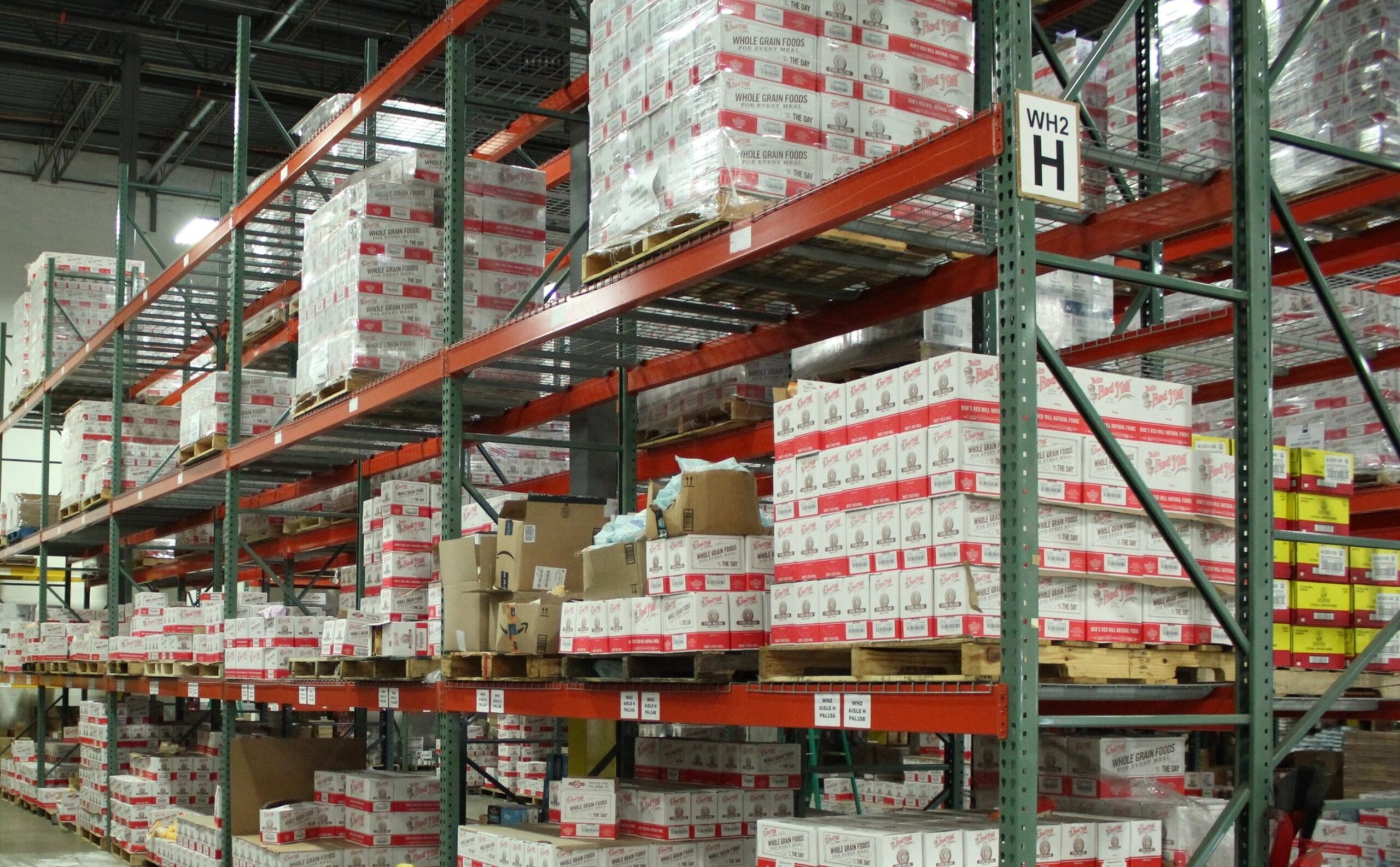Contents

In the world of e-commerce, it is essential to have just the right amount of inventory. There needs to be enough to meet demand, but not so much that it is overstocked, and you have trouble moving it.
When ordering materials or inventory from a manufacturer, they will typically require that you commit to buying a specific quantity to help ensure that their production is cost-effective and still turning a profit. This is a minimum order quantity, or MOQ.
This MOQ does not always line up with the number of materials or inventory you need to purchase, however.
It is important to know how to calculate an optimal MOQ for your business and how to maximize this. Making the most out of your MOQ can help to increase your profit margins and directly impact your bottom line.
Minimum Order Quantity (MOQ) Meaning
The lowest number of units a business is willing to sell a customer at a time is the minimum order quantity. With e-commerce, the business is often a manufacturer or supplier, and the customer is the online retailer. Any merchant can decide to implement an MOQ, however.
A supplier may set their MOQ at 500 units, for example, meaning that you have to buy at least 500 units of this inventory each time. The merchant can also set a dollar amount, such as 500 units or $1,000 MOQ for retail or wholesale partnerships, meaning you either have to purchase 500 units or spend $1,000 on products.
Calculating MOQ
There is no specific set “right” amount for an MOQ. Instead, it should be calculated based on the ability to keep your ordering and inventory storage costs to a minimum, so you can maximize profits.
There are some empirical factors to consider when calculating an MOQ:
Use Demand Forecasting to Determine Future Demand
Take into account product type, competition, seasonality, and potential growth to help determine the average demand for the products. Keep an eye on sales forecasts at least once each week and adjust your production quantities as needed. You will also need to use inventory forecasting to match your supply with the demand.
By using demand forecasting, you can get a better idea of how much inventory you will need on hand at any particular time. Be sure to take into account any lead time that will be required to ship inventory out so you have it when you need it.
The actual MOQ a manufacturer sets may not be vastly different from what you need. By calculating your desired MOQ, you can ensure that you are staying within your needs and budget.
Understand Your Break Even Point
To calculate this, you need to look at your ordering costs, which are the expenses needed to buy products or materials from the supplier, and how many products you need to sell to turn a profit. When you know what it takes to get back to even, you can then calculate an MOQ that helps to increase profit margins.
Calculate Your Holding Costs
The holding costs are the expenses involved with storing your products. Different products can cost varying amounts to store.
The holding costs will then need to take into account any specialized warehousing requirements, the costs associated with storing products of that size, and how long they need to be stored. Generally speaking, the goal is to not keep products in your inventory, needing to be stored, for very long.
Capitalize on MOQs
The MOQ from a supplier or manufacturer will need to fit into your specific budget to ensure that you are still able to make a profit. If the MOQ from a particular supplier is too high, look for other distributors or suppliers.
Making the most out of your MOQ will directly tie into your bottom line and impact your profit margins. Here are some tips:
- Negotiate with suppliers and manufacturers. It never hurts to ask a supplier if they are willing to work with you to offer a lower MOQ. Ask if they are willing to allow you to purchase multiple products to meet the quota instead of identical units. Creative thinking and conversations with suppliers can often have positive results.
- Build relationships with your manufacturers. In the end, the manufacturer wants to see you succeed since your profits can directly impact theirs. When you are buying inventory from a manufacturer consistently and then selling your product for profit, everyone wins. When you focus on building up this human relationship, you can often work together to come up with a favorable MOQ. It could even potentially lead to a partnership with your business eventually.
- Offer preorders to customers. When customers prepay for your products, this can help to raise the necessary money to buy inventory and meet the MOQ your manufacturer requires.
- Use a 3PL (third-party logistics) company. A 3PL can help with inventory management and the entire order fulfillment process. Using advanced technologies that provide detailed data analytics, you can maximize your profit margins and eliminate inefficiencies.
A 3PL often has relationships with shipping carriers and the ability to distribute your inventory across different fulfillment centers to lower shipping costs. This can leave you with more funds to purchase products while elevating profits.
What Minimum Order Quantity Means for Your Business
The meaning of MOQ, or minimum order quantity, is the fewest number of units that a manufacturer will allow you to purchase at one time. You can often lower the unit cost by purchasing in bulk, and more units can often cost less. A high per-unit cost can force you to increase your product prices, which can cost you sales.
The goal is to keep your expenses as low as possible to support your profit margins. This means being aware of the ideal MOQ for your business.
References
Business and People: Why Relationships Are Essential for a Successful Business. (July 2018). Forbes.




